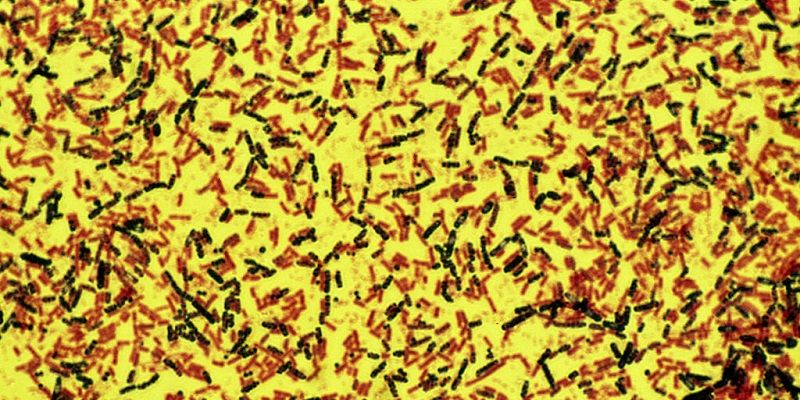
The mass movement of humans and animals is significantly affecting the distribution of essential microorganisms, scientists warn.
A study, published today in Science, highlights how waste water, tourism, and trade are moving microbes around the globe on an unprecedented scale. As humans and animals are transported across the world, billions of bacteria are left at every stop.
As a consequence there are substantial ongoing changes to the distribution of microbes on the planet. This has the potential to change ecosystem services and biogeochemistry in unpredictable ways.
Study co-author Professor Steven Banwart, from the School of Earth and Environment at University of Leeds, said: “Microbes perform their essential ecosystem services invisibly but the evidence suggests that human activity is having the same effects on the microbial world as it is on the world of larger organisms.
“Human activity is decreasing microbe diversity, with potential for extinctions of certain microbes, and preferential selection of others, all of which could have a huge impact on day to day life.”
Lead author Professor Michael Gillings from Macquarie University in Sydney said: “The oxygen we breathe is largely made by photosynthetic bacteria in the oceans — and not by rain forests, as is commonly believed.
“Over 95 per cent of the faeces in the world comes from humans and the animals we farm. And it is travelling around the world with a billion tourists, spreading microbes and antibiotic resistance genes.
“Until 100 years ago all the nitrogen in our food came from bacteria we nurtured in our crops. Now more than half comes from artificial fertilisers.
“And we’re moving trillions of ocean microbes around the world in ballast water in ships. Some 100 million tonnes of ballast water are dumped in US waters each year. We know they’re introducing foreign starfish, sea snails, and seaweed. But we don’t know what invisible changes they’re making to ocean microbes.”
The study calls for urgent action to monitor and model the changes being made to the microbial world and to improve waste water and manure treatments to reduce the spread of microbes and resistance genes.
Professor Banwart said: “There is an urgent need to model the dispersal of microbes and bacteria and the interactions between physical, chemical, geological, and human processes to help predict future changes in our ecosystems.
“Current models cannot predict these activities, which are centrally important to biogeochemistry and human health.”
Further information
Image: Bacteria, airborne microbes. Wikipedia creative commons
Please contact Anna Martinez at the University of Leeds press office at +44 (0)113 34 34196 or a.martinez@leeds.ac.uk for further information or to arrange interviews.
The research paper Microbial mass movements is published in Science on 15 September 2017.